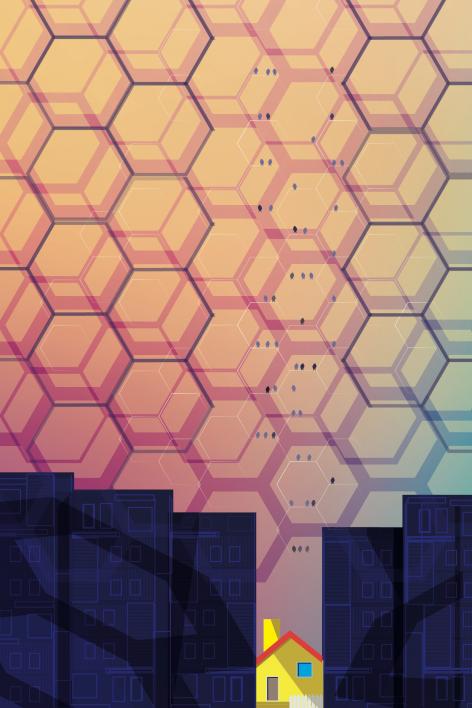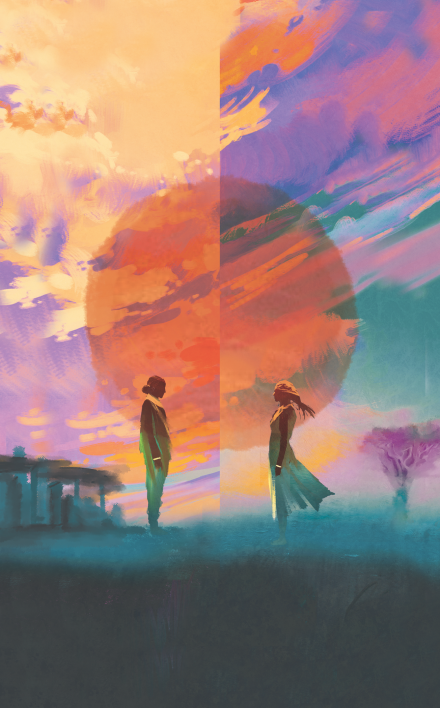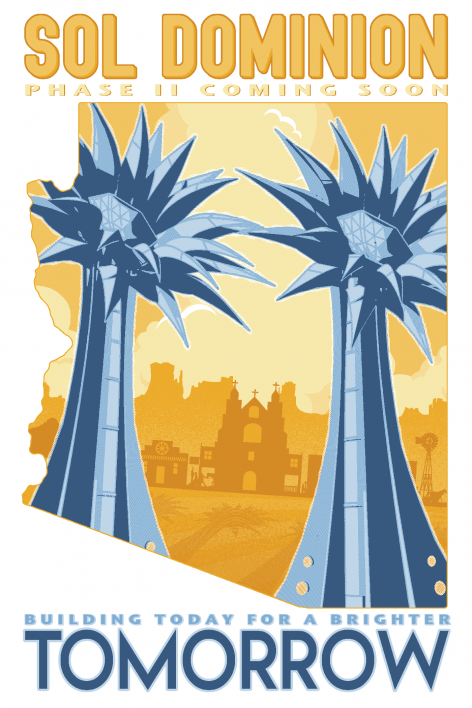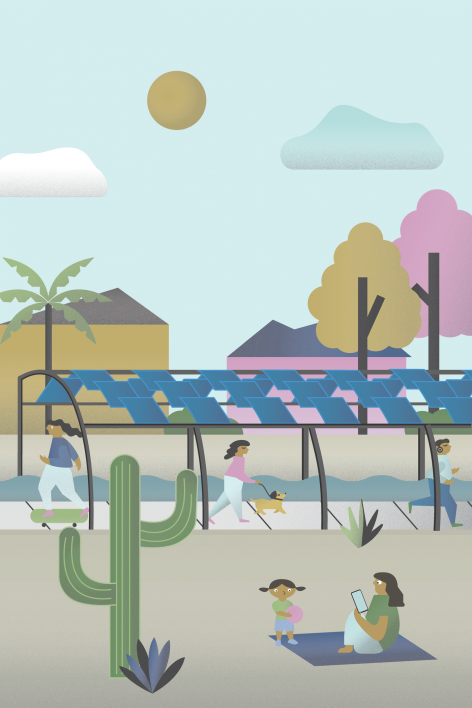Solar and other renewable forms of energy are quickly gaining momentum — in many places, building entirely new renewable energy projects is cheaper than running existing fossil-fuel plants, and last year, the mayors of more than 200 U.S. cities signed an open letter supporting a solar-powered future.
The advent of the Green New Deal and other ambitious policy ideas in the U.S. and worldwide suggest that we may be moving into an era of rapid energy transition. And just in time: This transition is urgent, with dangerous tipping points for atmospheric carbon and global temperature increases looming in the very near future.
In the face of this colossal transition, we need to be thinking beyond if and when we’ll move to an energy system dominated by solar, wind and other renewable sources. We need to think carefully about how to design the energy transition, focusing on a number of questions: Where will energy infrastructure be built — in urban centers or sparsely populated rural areas? How centralized or dispersed will it be — in huge power plants or on numerous rooftops? Who will own solar panels (and other generators) and benefit financially? Could this infrastructure be beautiful, or is it doomed to be an eyesore?
To answer these questions, and begin to imagine the difficulties, joys and adventures of human life these in solar futures, last week Arizona State University published “The Weight of Light,” a free digital book featuring science fiction stories, essays and art exploring a variety of possible solar futures.
The book features four original science fiction stories — three of which take place in possible future versions of Arizona, with a fourth unfolding in a revitalized and transformed Detroit — each illustrated by an artist from the Phoenix community. The stories are accompanied by essays written by ASU faculty and graduate students in a wide range of fields, from electrical and systems engineering to public policy and futures studies.
The stories imagine energy systems embedded with human systems, relationships, hopes and challenges: an extended power outage in a scalding Phoenix summer, sabotage at a solar plant, mother-daughter strife and fractious local politics in a solar-powered city and a budding romance between young people from two very different solar-powered desert communities.
“The Weight of Light” was published by the Center for Science and the Imagination, in collaboration with the Quantum Energy and Sustainable Solar Technologies Research Center and the School for the Future of Innovation in Society.
In the book’s introduction, editors Clark A. Miller and Joey Eschrich write, “Our goal is not to predict the future but to open it up as a design space. Our hope is that these stories, essays and artwork will stimulate and expand our imagination about what kinds of choices are possible in designing the future of solar-powered societies, and why those choices matter.”
"The Weight of Light" is designed to situate issues of equality, justice, political struggle, democratic process and urban form into the conversation about energy policy — along with a host of other considerations that don’t immediately spring to mind when we think about energy.
“The Weight of Light” is free to download, read and share in several digital formats at the Center for Science and the Imagination website.
More Science and technology

ASU professor breeds new tomato variety, the 'Desert Dew'
In an era defined by climate volatility and resource scarcity, researchers are developing crops that can survive — and thrive —…

Science meets play: ASU researcher makes developmental science hands-on for families
On a Friday morning at the Edna Vihel Arts Center in Tempe, toddlers dip paint brushes into bright colors, decorating paper…

ASU water polo player defends the goal — and our data
Marie Rudasics is the last line of defense.Six players advance across the pool with a single objective in mind: making sure that…






